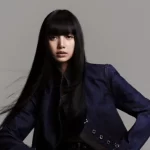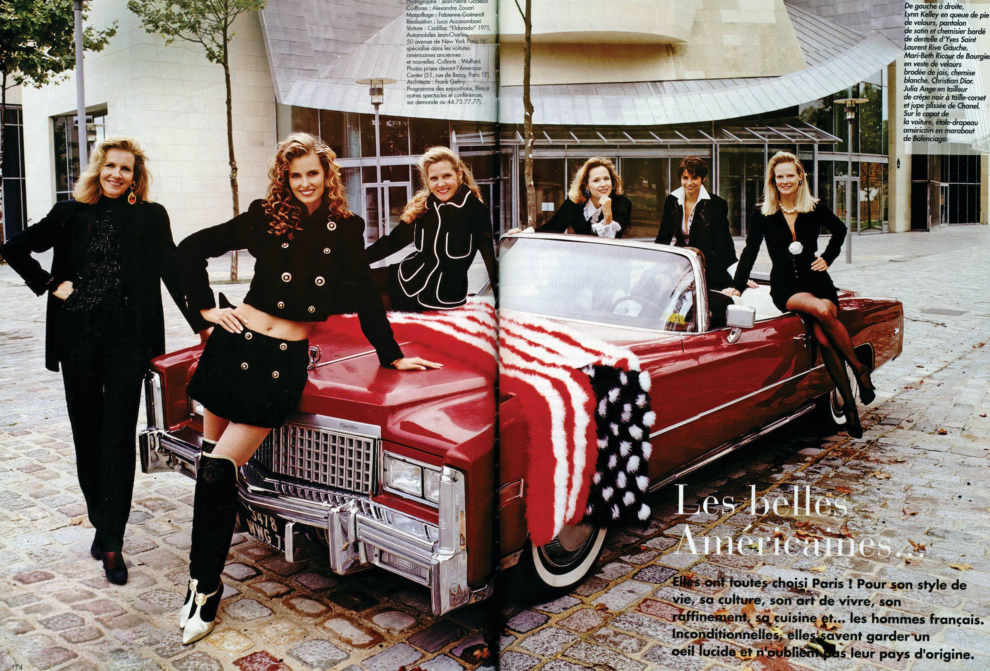A fashion friendship between the U.S. and France has existed since the founding of L’OFFICIEL, uniting filles Américaines and Parisiennes throughout the decades.
A special friendship and a mutual understanding between France and the United States—specifically, between Paris and New York—has existed long before the first issue of L’OFFICIEL hit newsstands in July 1921. Since the founding of the U.S., the two countries have shared a love of fashion and defined what it means to be chic in their own unique ways, and this commonality became a central plotline running through L’OFFICIEL’s pages over the decades since. L’OFFICIEL began as a vehicle for promoting and uplifting the French fashion industry, but the very first issue addresses the country’s bond with the U.S., even translating all articles to English, showcasing American collections, and speaking directly to American buyers in specific English-only articles.
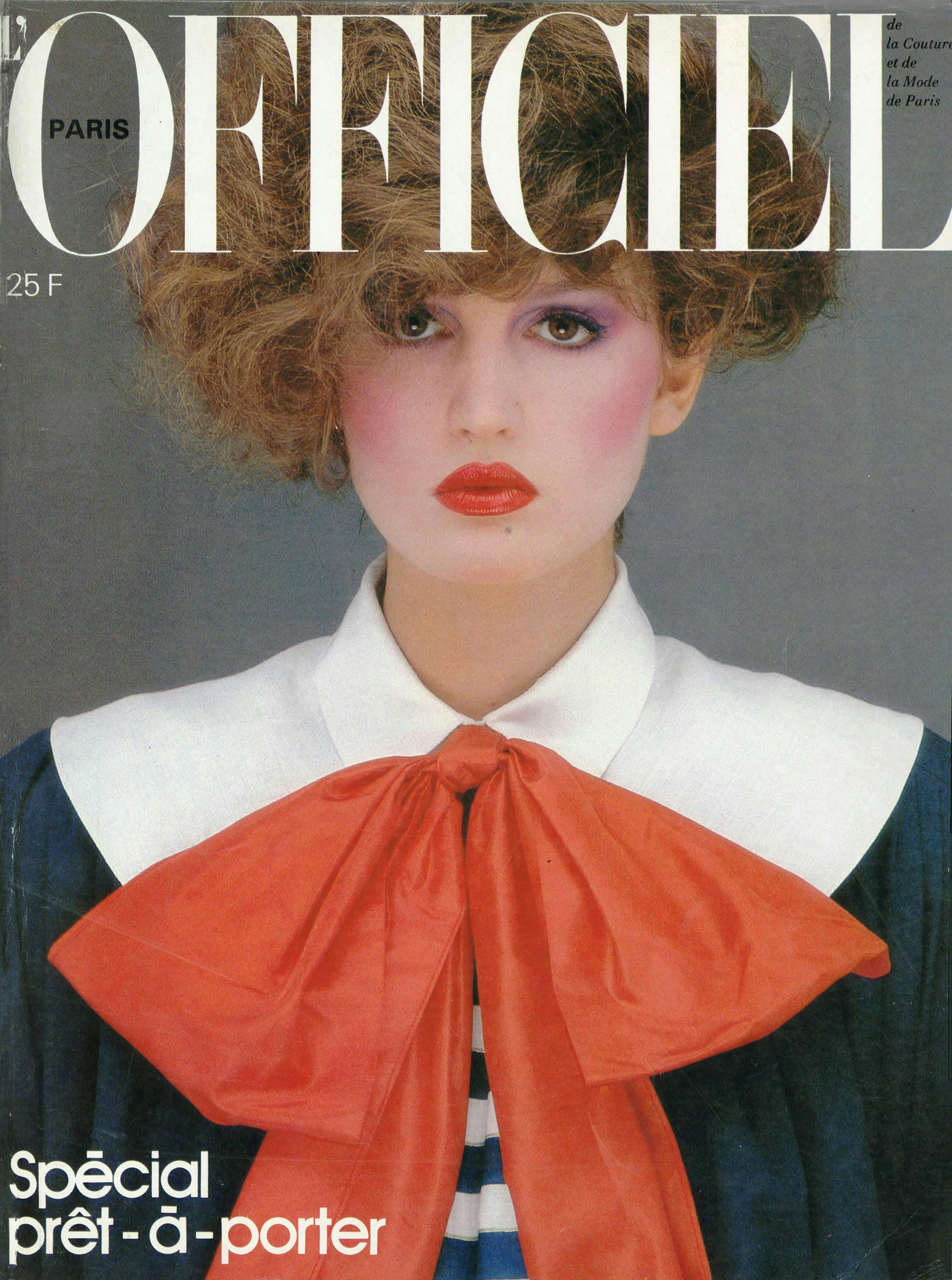
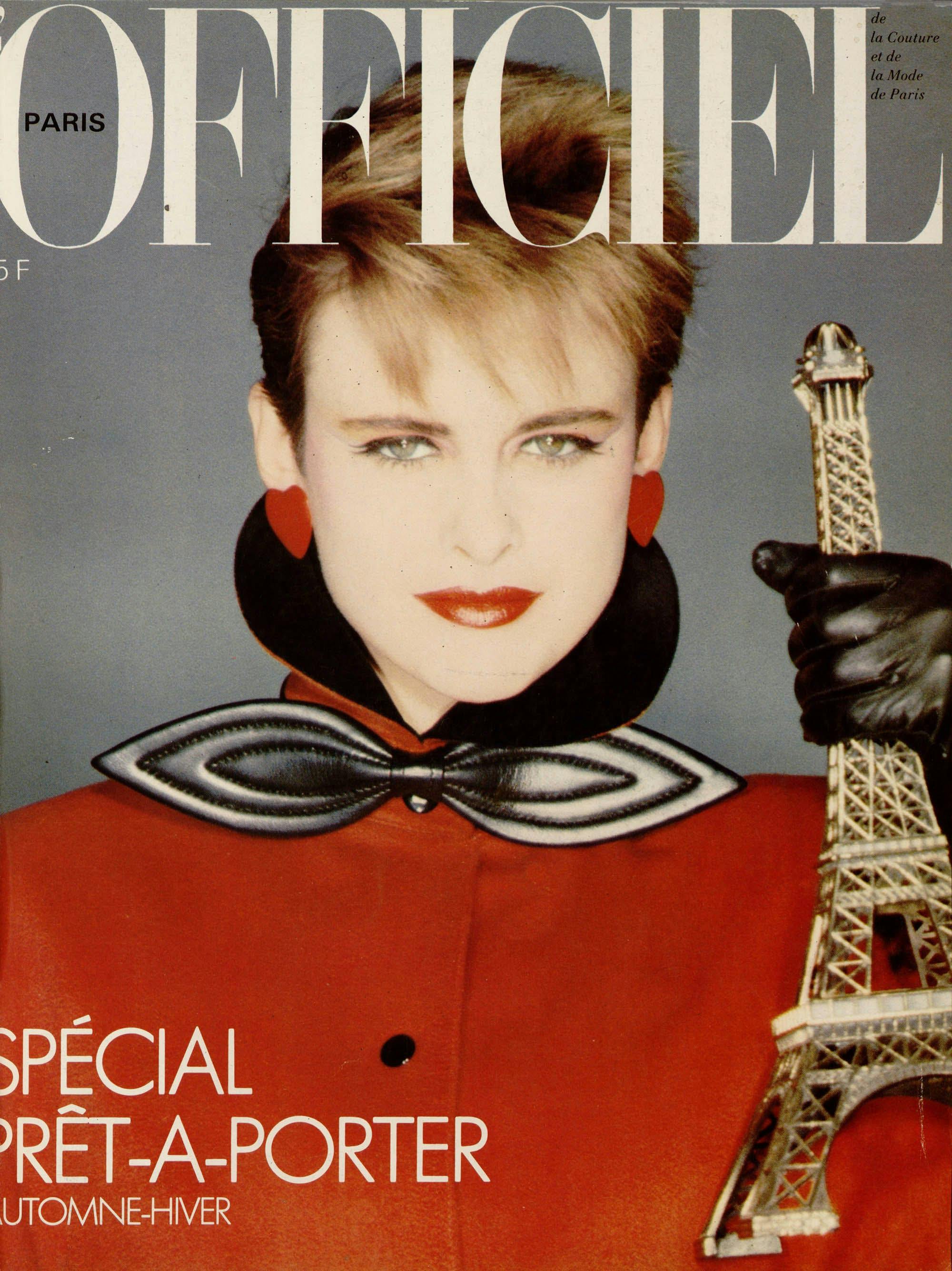
From left: A 1981 cover of L’OFFICIEL; A cover from 1982.
During the ‘20s and ‘30s, early L’OFFICIEL editors like Yves- Georges Prade emphasized the shared love that the U.S. and France had for couture. A commonly held belief at that time was that France was nearly the sole source of global fashion, exporting it to the clothing-obsessed U.S., and further, only New Yorkers were seen as being able to truly understand, or emulate, the chic Parisiennes. In 1926, amidst a rise in counterfeit French fashion overseas, L’OFFICIEL remained loyal to Paris, and the wife of the publication’s founder, E. May Brunhes, penned an article in defense of French couture against American fraudsters. Still—no love was lost, and the international affair continued. In 1927, L’OFFICIEL launched its “Paris – New York” column to cover the social scenes for transatlantic readers, uniting the citizens of both cities under one fashionable roof.
American correspondents were added to the magazine’s masthead throughout the years, reporting on the fashion industry from an American perspective. These included Colette-inspired features, written from the point of view of an elegant New Yorker in Paris. Finally, the first international edition of the magazine was launched in New York in 1976, thanks to this strong pre-existing readership. During the latter half of the 20th century, it was commonplace for the “American in Paris” trope to inspire editorials, encouraging Americans to become a part of the Parisian world, and solidifying the U.S. as couture’s greatest ally abroad. Countless editorials depicting French women strutting the streets of Manhattan and adventurous Americans promenading along the Boulevard Saint-Germain stood in as a sort of aspirational cultural exchange. Into the ‘90s, American socialites graced the pages of L’OFFICIEL with the same frequency as French celebrities, and many received their own profiles focusing on their French lifestyles after having relocated to Paris. The fille Américaine became a recurring character in the pages of L’OFFICIEL, and eventually a staple within the magazine.
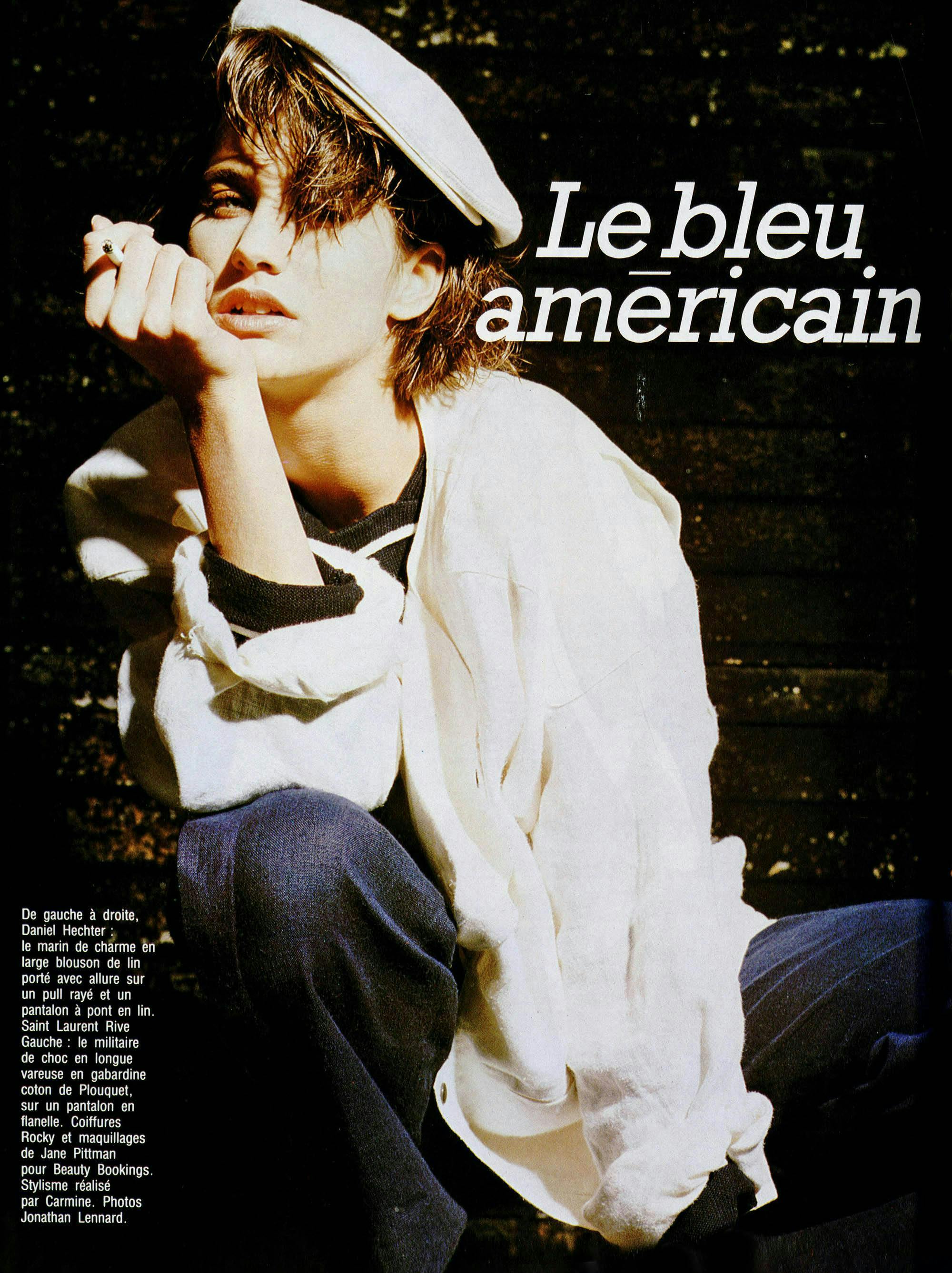
Model wearing Saint Laurent in a 1984 issue of L’OFFICIEL.
Editorials using backdrops of New York, Los Angeles, and Miami engrained American cities into the fashion-scape of the magazine, and these cities have since developed into fashion capitals in their own right, each with their own distinct flavors. Yet, the most prominent content dedicated to the U.S. was a special 1975 edition of the magazine commemorating the American Bicentennial. In a spread depicting American landscapes alongside couture and luxury goods, the publication celebrated a selection of states, from Maine to Missouri. Each page took on a different state, and set a scene on an iconic American vista, pairing the vast and varied topography of the U.S. with the refined luxury of French couture. This special Fourth of July issue continued to position the U.S. as essential to the growth of fashion worldwide. Throughout the ‘90s, L’OFFICIEL dedicated nearly half of its editorial space to American designers, boutiques, and events. The launch of L’OFFICIEL USA in 2017 further strengthened the longstanding union that has lasted through the magazine’s entire century.
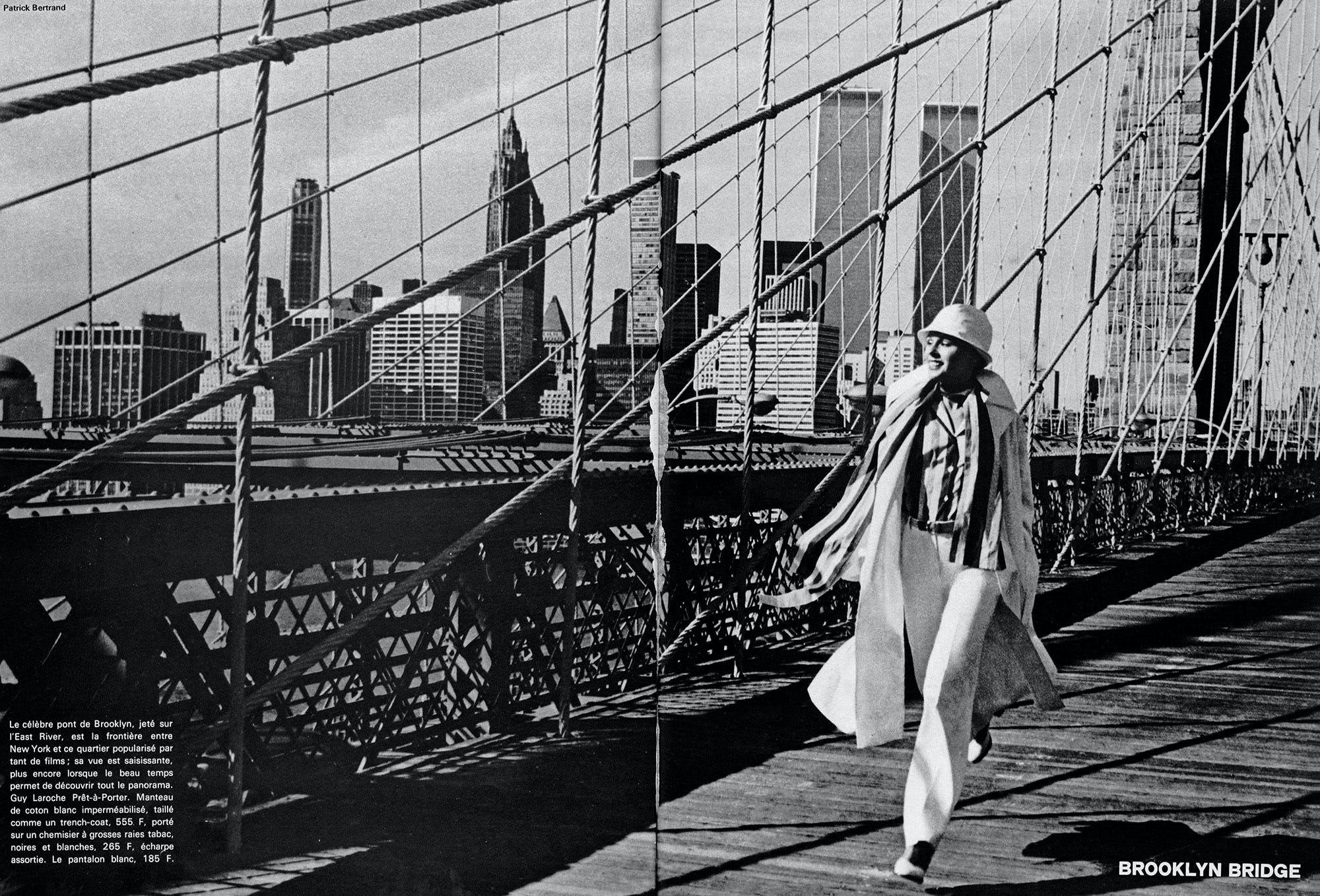
Model wearing Guy Laroche walking across the Brooklyn Bridge in a 1975 issue of L’OFFICIEL.
Since color was first introduced into the magazine through the fashion illustrations of the late 1920s, the “tricolor” has expressed the importance of France as the birthplace of L’OFFICIEL, and the U.S. as its second home. The iconographic red, white, and blue shared by both countries has often made poignant appearances in the magazine. In France, the assemblage of these colors was derived from a fashion statement made by the French revolutionaries of the late 18th century, who used them on the cockades affixed to their hats in order to express their political allegiances. During a similar moment of political turmoil across the Atlantic, Betsy Ross famously sewed the stars and stripes of the American flag using fabrics in these colors, meant to reflect the American values of perseverance, justice, and valor. Often seen in the designs and advertisements of couturiers like Christian Dior, Guy Laroche, and Givenchy, these colors have found their way into the fashion imagination as a way to conceptually represent France, and eventually the U.S., as the pinnacle of chic. Whether invoked to reflect a sense of patriotism, or used as a creative way to convey the bond between France and the U.S., bleu, blanc, et rouge continues to be applied to fashion trends and magazine editorials well into the 21st century.
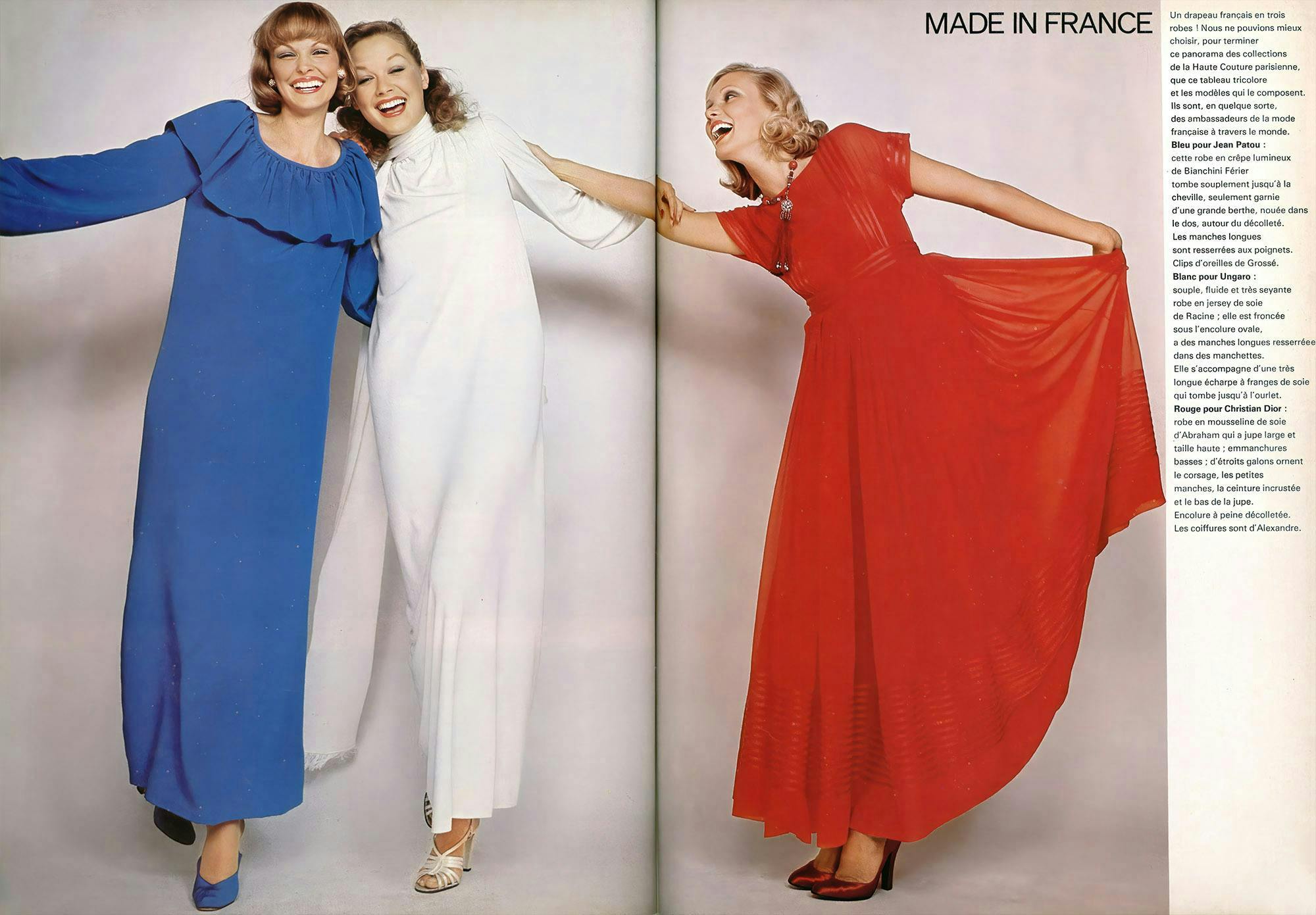
Models wearing red, white, and blue in a 1975 issue of L’OFFICIEL.
Today, Franco-American fashion has found its representatives in It girls and celebrities like Lily-Rose Depp, Camille Rowe, Marion Cotillard, and Léa Seydoux. Of the countless articles, TikToks, and Instagram posts that teach American women how to echo the platitudinal, effortless Parisian style, there is a corresponding vein of content that exposes French women to tricks of the American fashion and beauty trade. For the French, casual Californian cool and Brooklyn-inspired bohoism are as prevalent as the red lip, messy bun, and no-makeup makeup have been for Americans. Where the U.S. has a tendency to speed things up, France can teach us to slow down. What is certain is that the Franco-American love story, built on mutual respect, has also thrived on France and America’s shared valuing of innovation, quality, and creativity, as well as a high regard for history, heritage, and tradition.
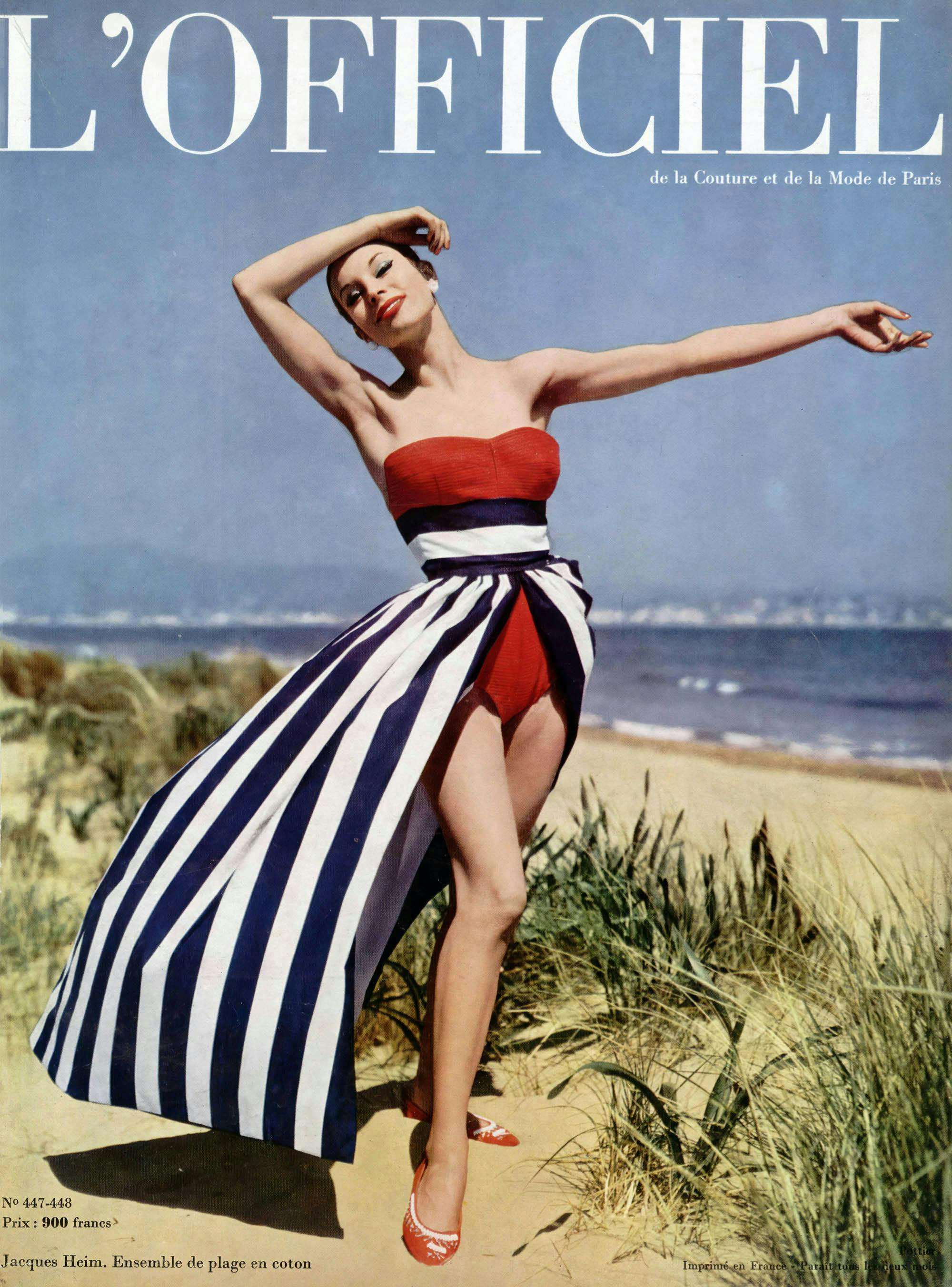
A 1946 cover of L’OFFICIEL.
Source: lofficielusa






